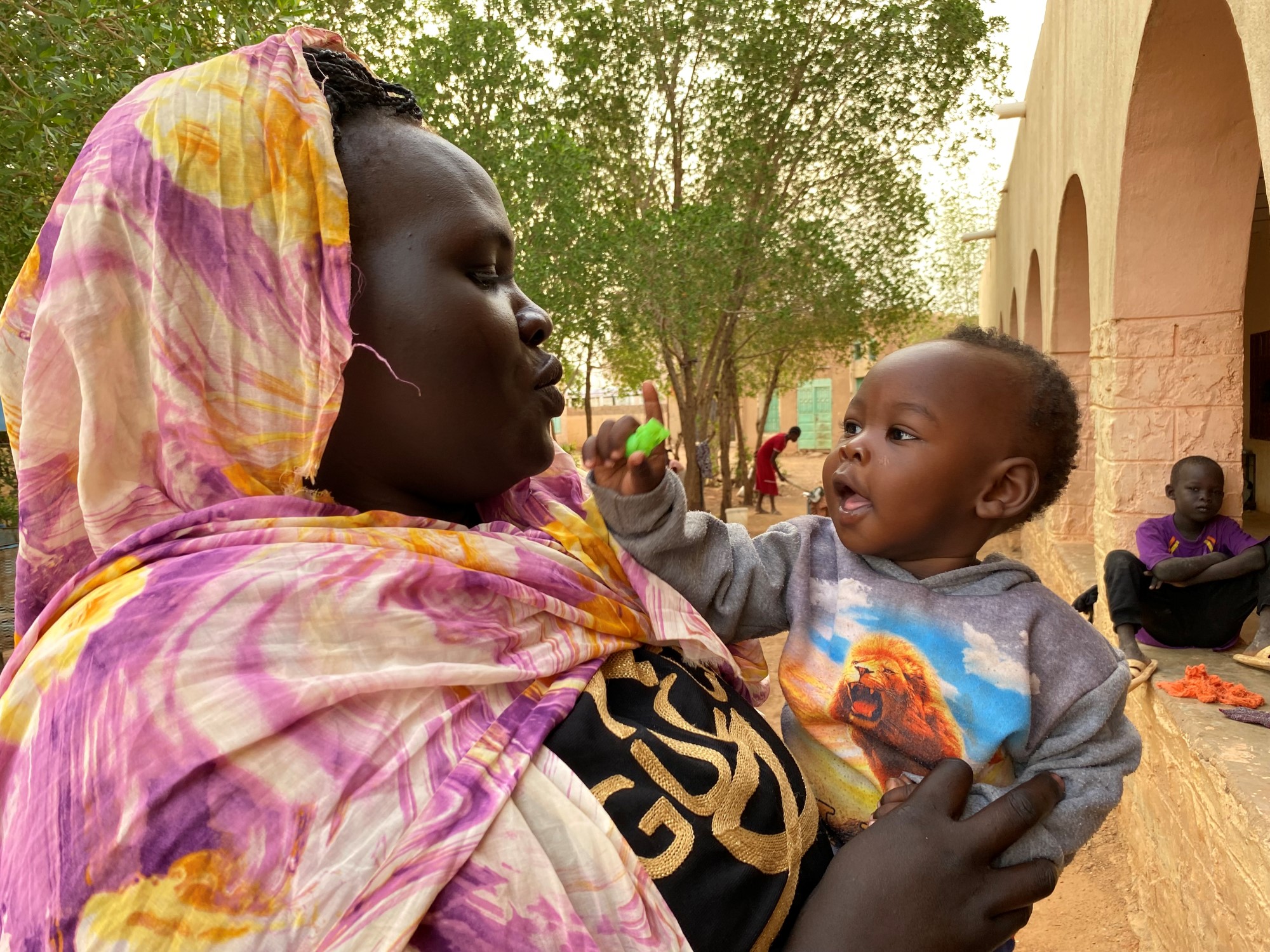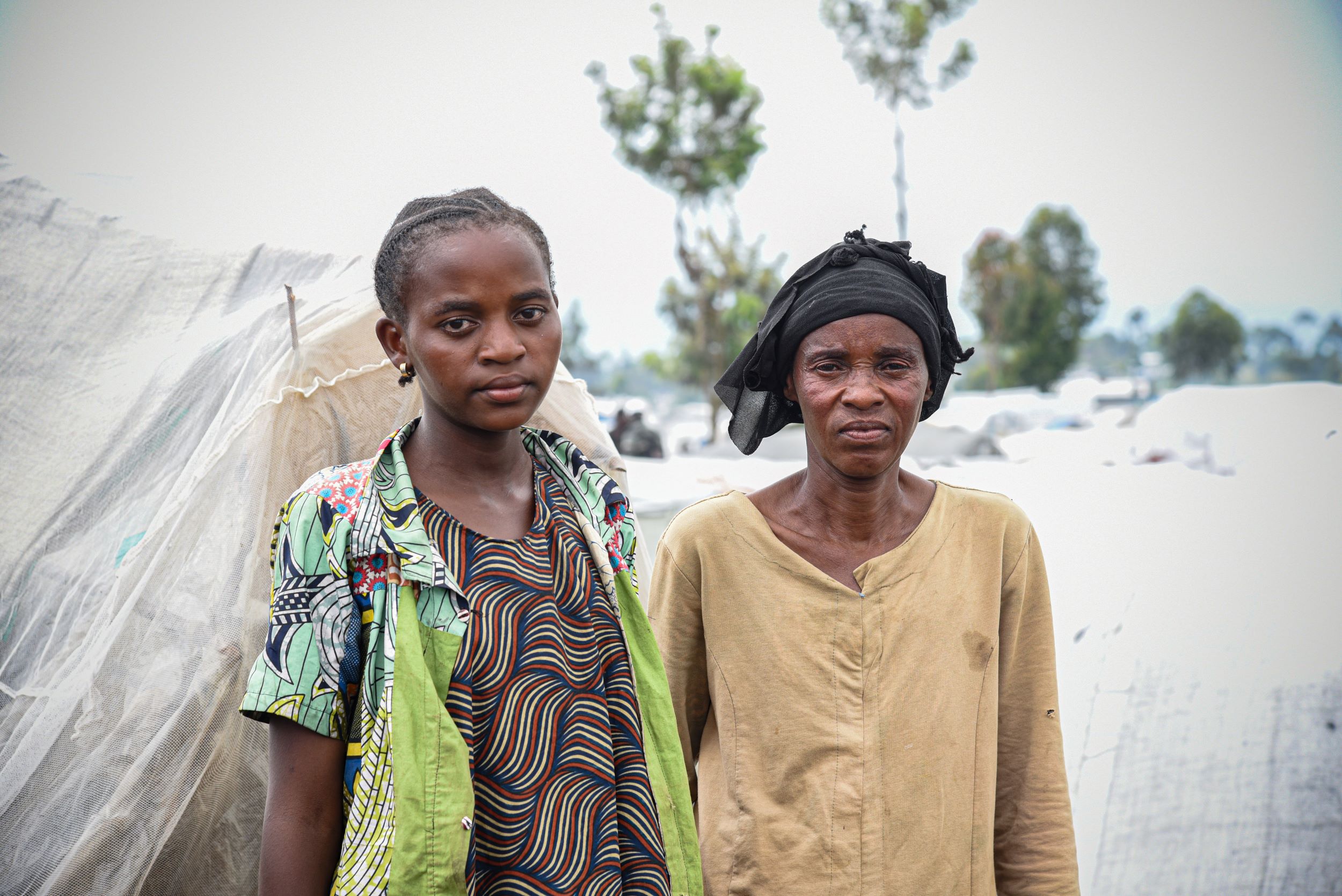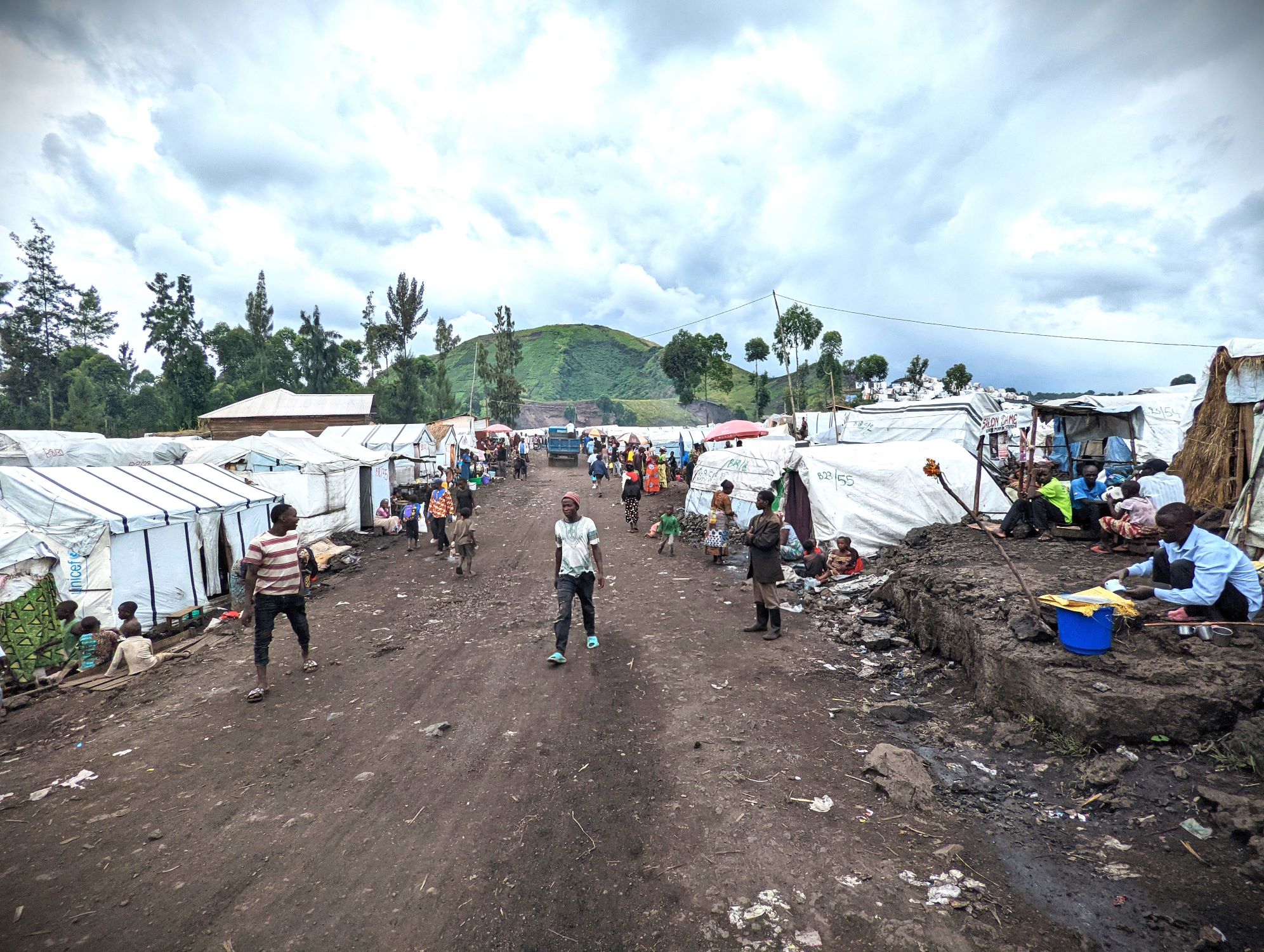
Real child refugee stories from across the globe
Hear first-hand accounts about life for refugee and displaced children.
Sadly, an increase in conflict, climate change and natural disasters has led to people fleeing their homes for safety or to find food – in fact, more than 1 in 73 people globally are now displaced.
As we near World Refugee Day and World Refugee Week, we will be sharing four real stories from refugee children. Keep reading to discover what life is like for displaced and refugee children and how World Vision is helping end the refugee crisis.
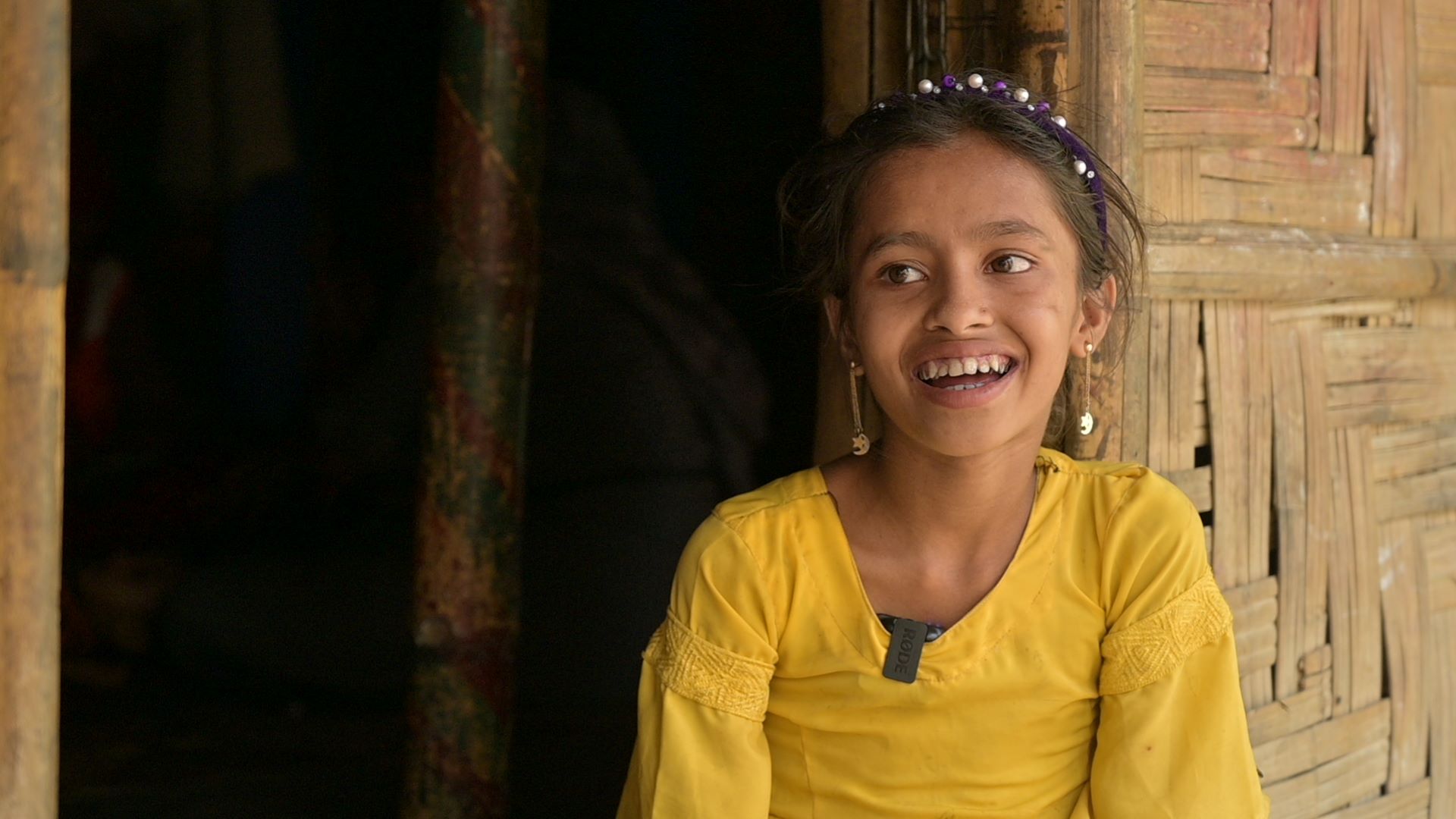
Samira lives in a refugee camp in Cox’s Bazar
Samira is 12 and lives at the Rohingya refugee camp in Cox’s Bazar, Bangladesh, along with her parents and five siblings. Cox’s Bazar hosts nearly 1 million Rohingya refugees across 33 highly congested camps.
She attends a World Vision learning centre and told us her story: “We used to play a lot back in Myanmar. We had a big home along with a yard. I liked my life [but] we couldn’t stay in Myanmar anymore. We had no choice but to leave. We came by boat. We passed through hard times. We had to cross the river, forest, and hills. The military shot at us.
“During our initial days in Bangladesh, we were provided with packet food, some money, and bottled water. But we suffered for shelter. We had to make ourselves a tent, simply made out of tarp. We had the food but collecting drinking water was indeed a hassle for us. Back then, we resided at Jamtoli Camp, and later we moved here.
“I live at a camp and attend a learning centre. We receive rice, oil, fresh food and spices through e-voucher. Using those my mother prepares food for us. We received mosquito nets, sandals, bucket and many more things. Currently, we [have] everything like shelter, clothes and water.”

Charity is a child refugee in Uganda
From South Sudan to Syria, we run Child Friendly Spaces (CFS), where children, like Charity, can come to terms with their experiences, and process ongoing feelings of fear, loss, and other trauma.
Charity is 15 and recalls the day she was forced from home: “I still remember the sound of gun shots in the air as we fled for our dear lives. We did not carry anything. All we wanted was to see another day.”
When she arrived in a Ugandan refugee camp, Charity joined a World Vision CFS. On her first day she chose to do colouring and, as she started drawing, many children were drawn to her. She says it was the first time she made friends since coming to Uganda.
Now she shows the younger ones how to draw and paint and hopes one day to become a teacher. Every morning, children from her village play there together.
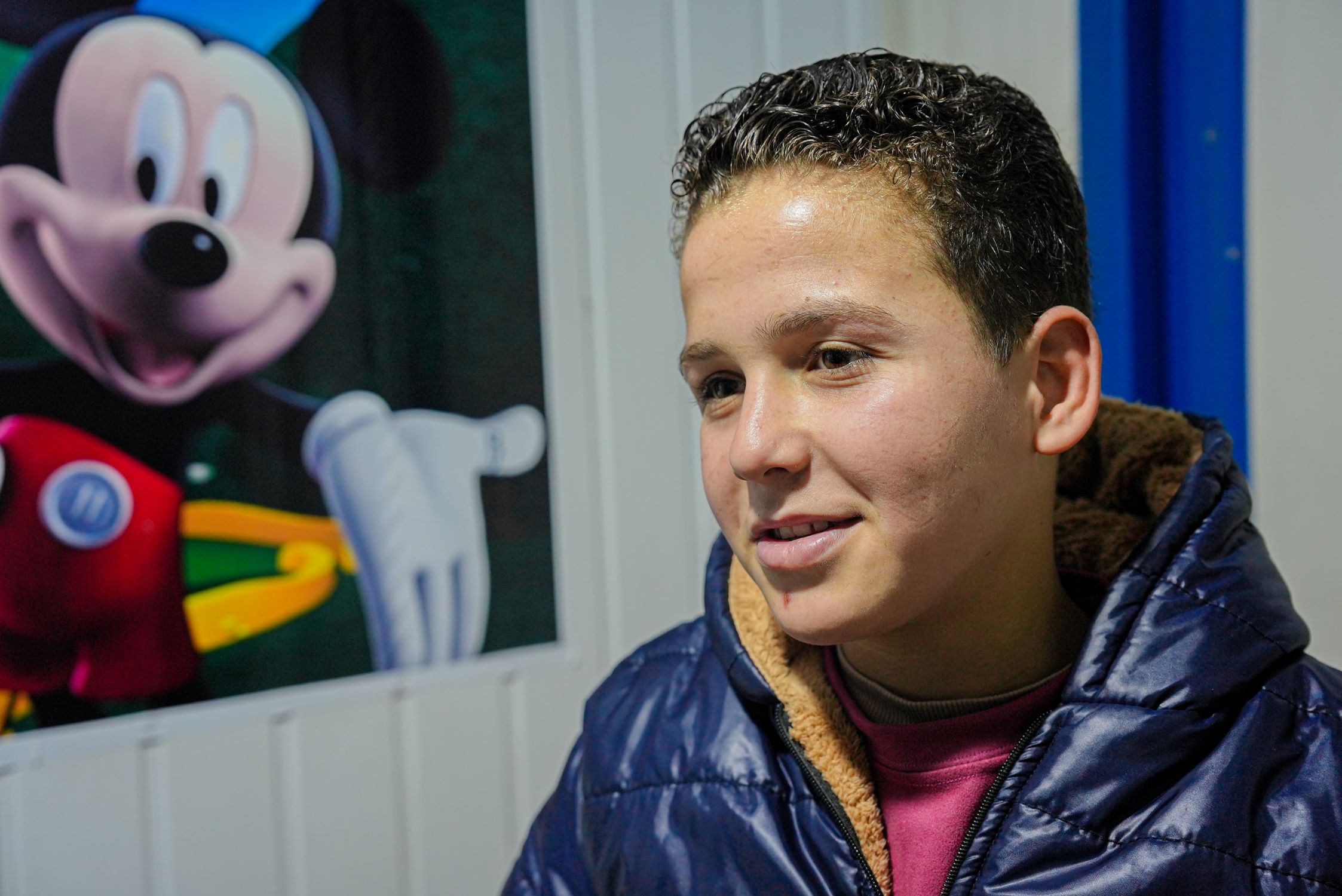
Sami is one of millions displaced within Syria
Sami* is 14 from Syria. He's an internally displaced Syrian teenager, who was supported by our partner, Independent Doctors Association. According to the UNHCR, more than seven million people were internally displaced in Syria by the end of 2023.
“My family and I evacuated our home. I remember how bombardments were targeting us from every corner. Nothing survived, not humans, trees not even stones. Many people perished. We escaped to survive. Now we are settled in a tent in a displacement camp.
“The life of displacement is strenuous and eats you alive. Mud is everywhere, the winter is freezing and summer is boiling and tents fall apart as we live inside.
“Years ago, we had a large house with many rooms, everything was available. Outside, roads were paved, there were banks, schools and I had friends with whom I would march to school.”
After blacking out, Sami was diagnosed with epilepsy. “In the beginning, I needed help. Sometimes I was ashamed and my friends would stay away from me as if I was contagious.” Sami attended a psychological support centre and was referred to a mental health specialist. “He taught me so much. His advice and medications provided by the centre reduced the number of attacks greatly.”
World Vision provides food and other essentials in internally displaced people’s camps. In some camps we also provide medical assistance or work with partners who help with health and nutrition.
READ MORE: How mobile clinics are helping IDPs in Sudan
*Name has been changed to protect identity.
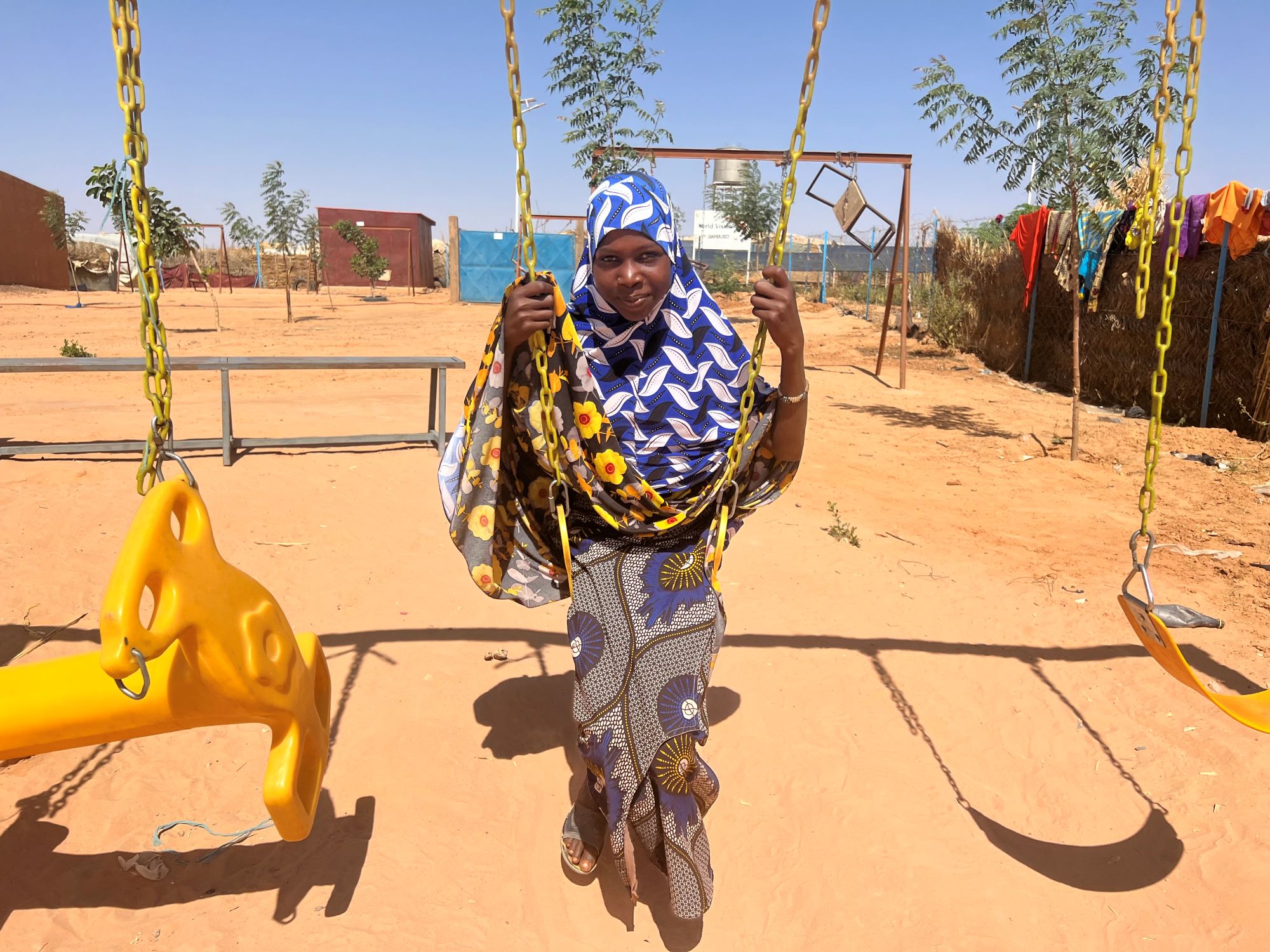
Rachidatou is a displaced child in Niger
In Niger, children have been caught in armed conflicts, like 14-year-old Rachidatou, whose father and maternal grandfather were killed. Her mother fled and it “was my grandfather who picked us up and who kept us, my two sisters, my brother and me.”
She has lived in an internal displacement camp for five years with her paternal grandparents. World Vision created a CFS in 2020 and Rachidatou is so happy.
“I have been coming since it opened. We get a lot of advice here as teenage girls to protect ourselves from attacks and abuse. Thanks to the CFS, I forget my frustrations every time. I meet up with my friends and we play constantly and have a great time. These moments give me comfort and hope. It allows me to forget my worries.
“I am very grateful to World Vision who created the CFS for us. It is a place of awakening, fulfilment and recreation for me. It is only in this place that I can have a little respite to rest and rejoice. Really thank you to World Vision. For the games, the leisure activities, the teachings and the advice which do us a lot of good.”
How we’re helping refugees and displaced people
According to the UNHCR, 110 million people have been forcibly displaced from their homes. Among them are 62.5 million internally displaced persons (IDPs) and 36.4 refugees, with the main difference being that refugees have crossed international borders while IDPs remain within their own nation.
As a children’s charity, World Vision focuses on reaching refugees, displaced children and those seeking asylum with essentials such as food, clean water, safe shelter, and education support. We also provide livelihoods training, so families are empowered to become self-sufficient.
READ MORE: What is a refugee, and what is a refugee crisis?
You can help us end the refugee crisis
As this large refugee crisis intersects with the worst global hunger crisis in decades, it’s thanks to World Vision supporters that we’re able to stand with refugee children, providing food, water, child protection and other essentials.
Thanks to your support, 21% of all people reached by World Vision were displaced or refugees last year.
Why not receive our news emails and discover how you can help the world’s most vulnerable children?


